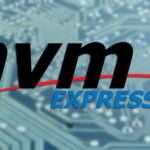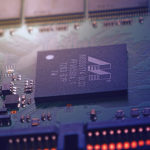One of the more popular types of large language models or LLMs is called autoregressive LLM. It is generally an artificial intelligence model based on […]
Tag Archives: Computing
FAT32: Advantages and Disadvantages
The FAT32 file system is the third version of the File Allocation Table or FAT file system. It was developed by Microsoft to overcome the […]
NTFS: Advantages and Disadvantages
Microsoft introduced its New Technology File System or NTFS in 1993 and made it the default file system in Windows beginning with the release of […]
Journaling File System: What is It? What are the Pros and Cons?
A journaling file system is a specific type of a file system that tracks changes that have not transpired in the main part of the […]
exFAT: Advantages and Disadvantages of Extensible FAT
Microsoft introduced the Extensible File Allocation Table or exFAT in 2006 as a file system optimized for flash memory devices such as USB flash drives […]
Explaining AI Alignment: Importance, Problems, and Approaches
Alignment in artificial intelligence or AI alignment is a subfield of artificial intelligence security that further falls under one of the goals of artificial intelligence […]
M.2 SSD: Advantages and Disadvantages
An m-dot-two solid-state drive or M.2 SSD is a small form factor solid-state drive based on the M.2 interface for mounted computer expansion cards and […]
Advantages and Disadvantages of NVMe Protocol
Non-Volatile Memory Express or NVMe is a high-performance and scalable data transfer and storage protocol used in flash memory technology and solid-state drive implementation. It […]
Advantages and Disadvantages of eMMC
An Embedded Multimedia Card or eMMC is an internal flash storage based on the Multimedia Card or MMC memory card standard. Take note that MMC […]
mmWave 5G: Advantages and Disadvantages
There are two types of network technologies used in fifth-generation or 5G networks. These are the Sub-6 GHz 5G technology and the millimeter-wave or mmWave […]









